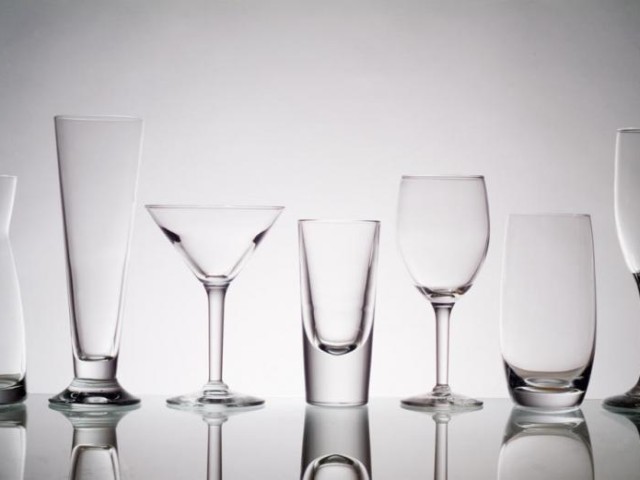
In the last post I talked about wine glasses and how the shape, size and overall construction, are enhancing the overall experience. I left out the beers and I debated quite long time if I should have a similar entry for beer. You see, although for instance white wines share many common characteristics although they are different, in a way, beer although it is the same type, there have more different than common elements. In certain type of wine there are the grapes and the aging process. In beer is the starchy elements (wheat, barley rice etc), the hops, the water and the aging process. So although all wheat beers are the same in principle the differences are much more pronounced compared to wine. It is therefore not uncommon for every self respectful brewery to have its own glass. We are not going to cover each one, but I will just give a small description of the major types of glasses.
What is a beer glass then, and why is different from any other glass. Beer glassware comprises the drinking vessels made of glass designed or commonly used for drinking beer. Different styles of glassware complement different styles of beer for a variety of reasons, including enhancing aromatic volatiles, showcasing the appearance, and/or having an effect on the beer head. Several kinds of beer glassware have a stem which serves to prevent the warmth of the drinker’s hand from warming the beer.

A beer stein or Steinkrug is a traditionally German beer tankard or beaker, made of pewter, silver, wood, porcelain, earthenware, stoneware or glass. Modern Beer steins or stonejugs are usually found with a hinged lid and levered thumblift. In Germany, it is usually called a Steinkrug, if it is stoneware, or Glaskrug if it is made of glass. The major characteristic is the metal lid that every stein has. Without it is just a mug. The lid keeps the beer from spilling out of the stein while the drinker is engaged in vigorous activity, such as swinging the arm in time to a drinking song or dancing. Originally the design was conceived as a sanitary measure. During the summers of the late 1400s, central Europe was repeatedly overwhelmed with swarms of flies. This soon led several principalities in Germany to pass laws requiring food and beverage containers to be covered. By adding a hinged lid with a thumb lift on the lid within reach of the mug handle, it was possible to keep a beverage covered and yet open it with the same hand by which it was held.
A wheat beer glass is a glass used to serve wheat beer, known also as Weizenbier or Weißbier. The German glass generally holds 500 millilitres with room for foam or “head”. It is much taller than a pint glass. It is very narrow at the bottom and slightly wider at the top. In other countries such as Belgium, the glass may be 250 ml or 330 ml. The tall glass provides room for the often thick, fluffy heads produced by the style, which traps aromas and is visually pleasing. It is the most common glass for the german bears, since there the law restricted until recently the use of any other type of starch other wheat.

A pint glass is a drinking vessel holding an imperial pint (568 ml ≈1.2 US pints) of liquid and is usually used for beer. It is the most boring and the most generic beer glassware. Three common shapes of pint glass are found (conical, jug, and flared top). The shape of the glass it is really up to the manufacturer and has nothing to do with the beer itself. There are however beer manufacturers that make their own very unique pint glass. Pints are considered good for serving stouts, porters and English ales, and recently the US beers, that are a mix of german and british ale.

A tulip glass not only helps trap the aroma, but also aids in maintaining large heads, creating a a visual and olfactory sensation. It is recognized by the resemblance to a wine glass. It has a stem and the body is bulbous, but the top very often flares out to form a lip which helps head retention. It is recommended for serving Scottish ales, barley-wines, Belgian ales and other aromatic beers. In many books and in the internet the Guinness glass is considered to be a tulip glass, but I think it has more in common with the pint that the tulip glass.
The last major beer glass is the flute, a old friend form the previous post on wine glasses. The flute is here used for the exact same purpose the retention of the aromas and the elegant flavors that are part of a more elegant and flavorful beer usually flavored by fruits. Those can be french or belgian beers, that are very sweet, and aromatic. However the hard core beer lovers do not consider them as beers. They are considered more like girlie type of beer flavored juice. Nevertheless however they are part of a big tradition of beers and if you haven ‘t try them are totally recommended especially for the person who is just starting its beer drinking career.
For the end I would like to talk briefly about specialty glasses that are very well recognized and it is for me impossible to enjoy the beer in another type of glass. They are the glasses of the three of my favorite beers: Duvel, Chimay and Guinness Draft. The Guinness is basically a pint glass that is tapered on the bottom and it is more curvy than the pint. The shape assists in making a perfect foam on the top that is the signature of the Guinness draft beer. The Duvel is typical tulip glass, slightly oversized and flared out at the top, creating a perfect foam. The shape of the glass helps so that the foam is not getting in the way when you are enjoying the beer. Finally the Chimay is a monk beer and the shape of the glass represents the philosophy of that school. Simple and humble. It is however excellent for that beer, since it helps in the foam and keeps the beer cold. One small detail. BothChimay and Duvel are second fermentation beers so their glasses have an engraving in the bottom to promote the formation of bubbles that raise up in a small stream from the bottom of the glass.



We have just touched the beer glass concept. It is more complex and complicated than the wines. But with those tools you can always enjoy the beer a notch better.


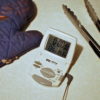
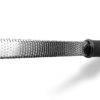

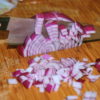
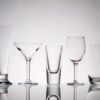

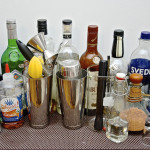

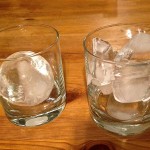
Leave a Reply